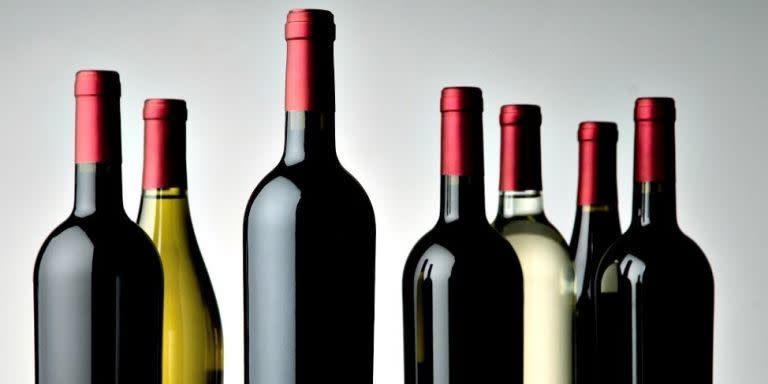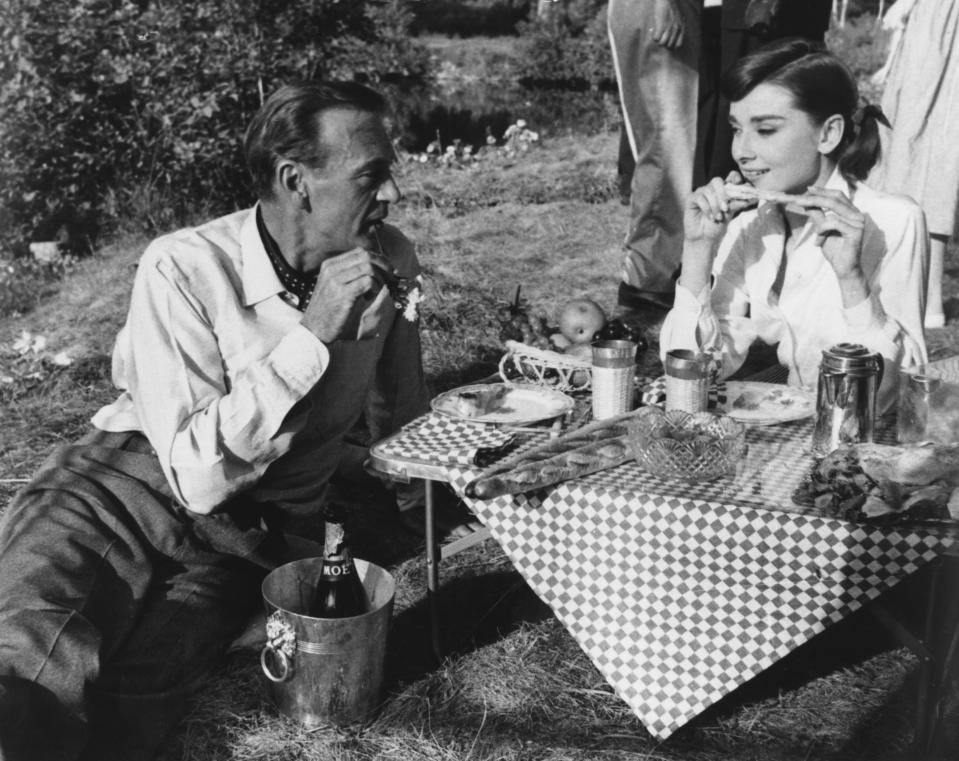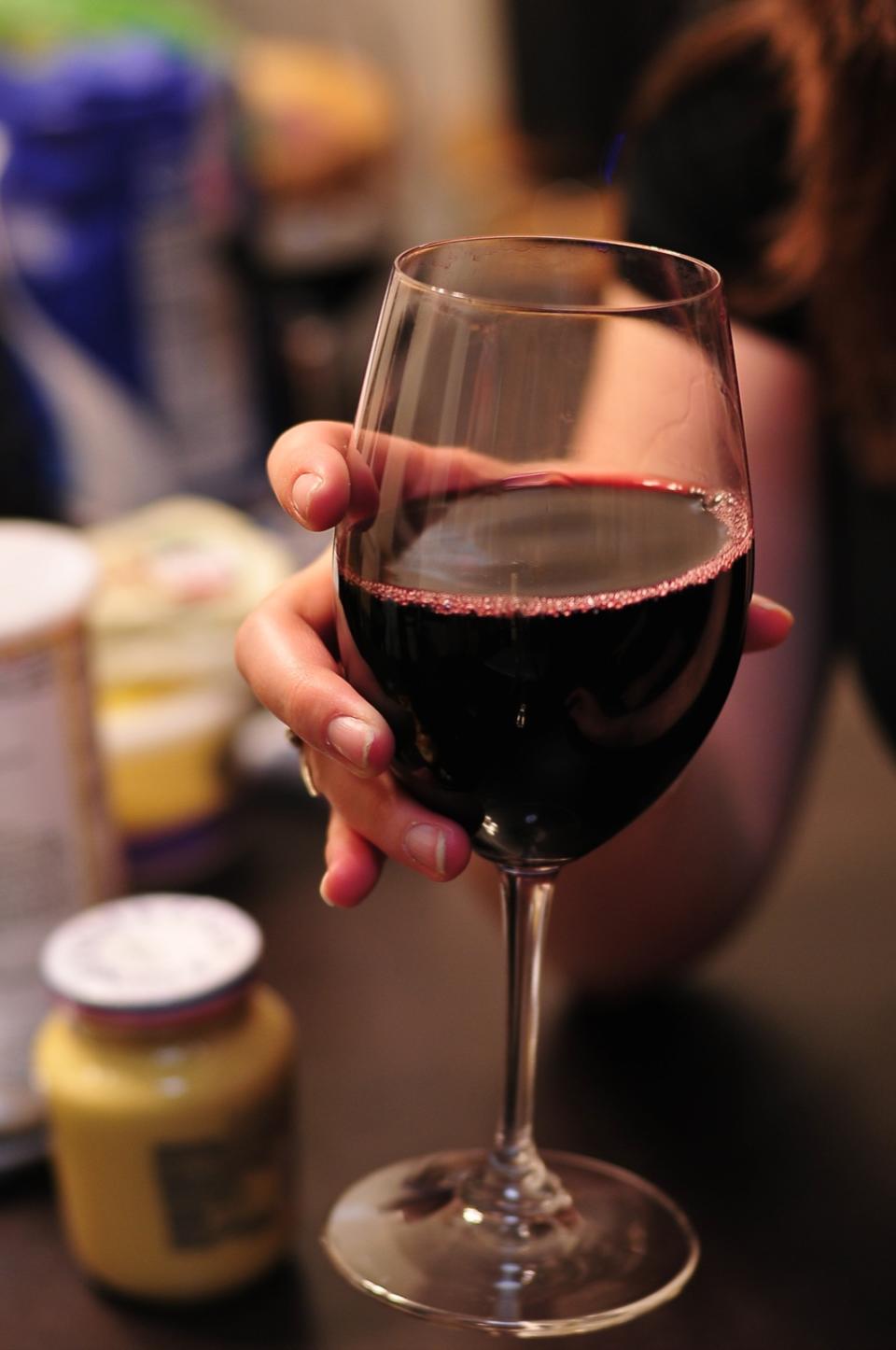You're Probably Drinking Your Wine Wrong

We get it: There's probably no wrong way to drink wine. But could you be getting more out of that glass? T&C consulted wine experts to ask how to best take advantage of a good bottle.
Here are six common errors you might be committing-and how to correct them.
Serving red wine too warm and white wine too cold
Don't be shy about serving wine at the proper temperature. Reds are often drunk too warm and whites too cold, which means you're losing some of the complexity and aromas of the wine. Ideally, red wines should be chilled below room temperature-between 60 and 70 degrees fahrenheit.

White wines should be between 50 and 60 degrees. Here's a trick to get them there: Put a bottle of red in the refrigerator for 20 minutes before you want to open it; take a bottle of white out of the fridge 20 minutes before opening it. (Sparkling wines can be stored and served straight out of the refrigerator, at 40 to 50 degrees.)
Holding a wine glass by the bowl

Hold a wine glass by the stem. That'll prevent the heat of your hand from undoing all that work you did to get the wine to the proper temperature and warming it up too quickly.
Smelling the cork

The sommelier or waiter may present a cork to whoever is tasting the wine at a meal, but the purpose of that is just to show that it's intact (it harkens back to an old French tradition of checking for an inscription on the cork to make sure the wine isn't counterfeit). But smelling the wine itself will give you all the information you need about whether it has any "discernable flaws" (such as TCA, or "cork taint," a natural compound that can make even the most expensive wines taste like wet newspaper).
Swirling too much
Some swirling is very good, says wine writer Mark Oldman, since it opens up the wine and lets the aromas come out, but any more than a few swirls is overkill.
Not letting it breathe

Decanters exist for a reason besides being decorative. Pouring a bottle of red or white (yes, white) wine into a decanter serves two purposes: First, the process removes the sediment. It occurs naturally in older red wines as they age, and while they're perfectly fine to drink, the small particles aren't exactly the most appetizing things to consume.
Second, decanting aerates the wine, releasing more of the flavors and aromas. Have you ever liked how a wine tasted a day or two after you opened it? That's aeration at work. Generally speaking, full-bodied, younger reds can be decanted an hour before serving. Older, more delicate wines can handle about 30 minutes of decanting.
Using a flute for champagne

"Standard wine glasses are definitely the way to go for champagne," says Dustin Wilson, a master sommelier and proprietor of Verve Wine. Flutes, he says, were "designed to hold the bubbles longer (that's what the narrow shape is good for), but aren't the best for actually enjoying the champagne. You want to be able to swirl it around in your glass, stick your nose in there, and take in all the fun aromas, which you can't do with a traditional flute."
You Might Also Like

